Federal budget 2025: Our experts give their verdicts
Labor has notched three immediate victories and created a big challenge for Peter Dutton — but productivity, debt and spending are the elephants in the room.
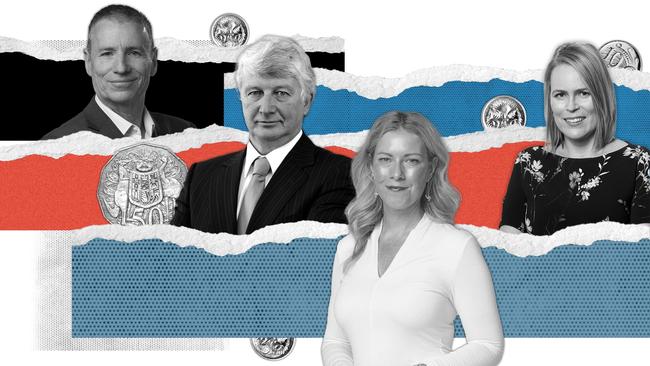
Federal Treasurer Jim Chalmers has handed down the 2025 budget with political victories and economic losses. Where did Labor land on the main policy areas targeted?
BUDGET OVERVIEW
Dennis Shanahan
Main points
• Tax cuts for lower income earners
• Decade of deficits with little reduction expected over forward estimates
• No real productivity reform
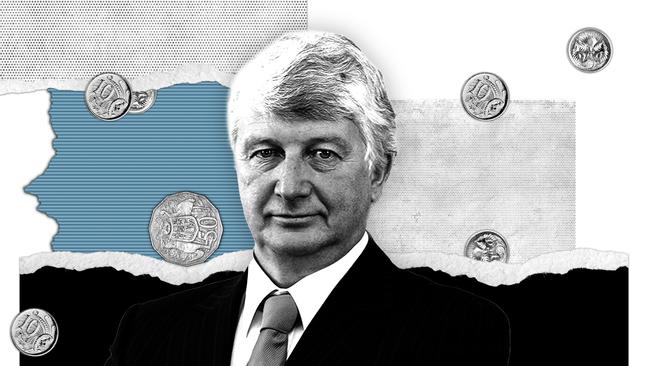
Jim Chalmers had three immediate political victories in his fourth budget for the first term of the Albanese government. First, he’s delivered tax cuts to everyone weeks before an election; second, he kept them secret and maximised the impact; and, third, he created a challenge for Peter Dutton, who must oppose, match or raise the $17bn tax spend.
The Treasurer also had three immediate economic losses: he didn’t introduce real productivity reform, he confirmed growing debt and a decade of deficits, and he covered the need for spending cuts with overoptimistic forecasts. Despite his dire warnings about storms from overseas including possible recessions in our US and Chinese trading partners, and negative growth in “peer” countries of Britain, Canada and New Zealand, Chalmers said “the economy remains on track for a soft landing”.
COST OF LIVING
Sarah Ison
Main points
• Australians earning over $45,000 gets $268 tax cut from July 2026 and $536 from July 2027
• Medicare levy low-income threshold increases by 4.7 per cent
• Energy rebate extended, all households and 1 million small businesses will see quarterly bill subsidised by $150
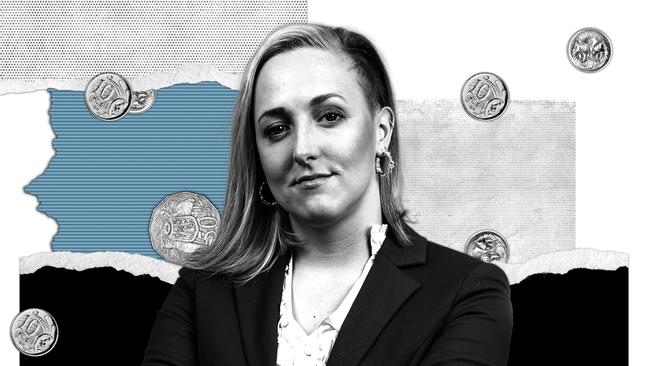
To Labor’s credit, no one saw these tax cuts coming. That said, the first instalment of these pre-election sweeteners can buy you just one coffee a week (if you’re lucky). The government calls the tax cut modest but meaningful. In other words, you won’t really feel it but they still tried to do something – anything – in this budget that was never meant to happen. A lot of people won’t notice, others will slam it as a shallow attempt to buy votes and some, hopefully enough to swing some seats, will see it as proof of the message Labor is spruiking: things are about to get better, you just have to vote us back into government.
INFRASTRUCTURE
Greg Brown
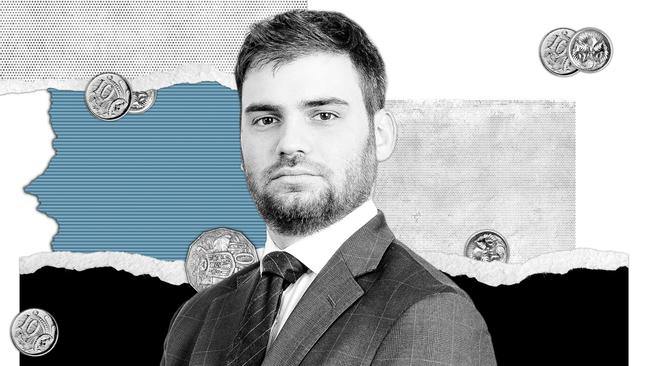
Anthony Albanese has used this budget to spend billions in road and rail projects in outer Sydney and Melbourne, the same areas being targeted by Peter Dutton as his pathway to government.
While the $7.2bn upgrade of the Bruce Highway in Queensland is easily the biggest project to be funded in the budget, the others costing $1bn-plus are in the growth corridors of NSW and Victoria where Labor holds plenty of seats with voters being smashed by congestion and cost-of-living pressures.
On his first day of pre-election campaigning this year, the Prime Minister unveiled the spending for the Bruce Highway in the safe-as-houses Coalition seat of Wide Bay.
Mr Albanese made a virtue of making his first announcement of the year in an electorate he could not win, saying it showed he was governing for the good of Australia and not with an eye on politics.
But the balance of the pipeline is, of course, highly political, with spending in particular ramping up in suburban Melbourne since Victoria Labor suffered a massive swing in the party’s heartland in the Werribee by-election.
There have also been a flurry of hyper-local announcements by the Albanese government this year, including $177,000 for the Dingley Cricket and Football club in Melbourne and $850,000 for a child and family precinct in the NSW town of Shellharbour.
Big infrastructure may be nation building, but it is the small stuff that is increasingly being used to try and win seats.
FISCAL MANAGEMENT
Matthew Cranston
Main points
• Huge reliance on tax receipts
• No economic need for politically driven tax cuts
• Optimistic forecasts on employment and growth
Jim Chalmers missed an opportunity to make real budget repair, instead opting for a $17bn tax cut and $34bn in spending when it arguably was not needed, had there not been an election on the horizon.
This is probably the best opportunity Chalmers will get: Treasury expects unemployment will rise to only 4.25 per cent from its current 4.1 per cent. Inflation is not expected to escape the Reserve Bank’s inflation target range of 2 to 3 per cent. GDP, while sub the 40-year average of 3 per cent, is still steady in the mid-2 per cent range.
Chalmers keeps arguing Australia is the envy of the world but he is gambling that these economic conditions will persist and the rivers of gold from tax receipts, which are now hitting 23.5 per cent of GDP – higher than the 23.1 per cent forecast just three months ago – will continue.
BUSINESS
Eric Johnston
Main points
• Growth forecast to pick up to a bullish 2.5 per cent
• Hydrogen spending takes a back seat
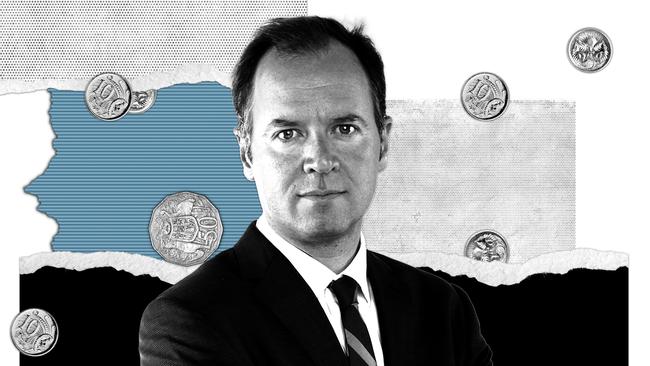
In a pre-election budget, business was always going to take a back seat. This was the case with little effort around productivity, cutting regulation or driving economic reform in this budget. Jim Chalmers declared victory on the economy with a soft landing all but delivered. The treasurer is also more optimistic than the Reserve Bank over inflation which is expected to come down to the midpoint of the central bank’s target range in the coming year. However the real test is set to come: Donald Trump’s tariff fight will hurt global growth, including weighing on China, our biggest trading partner. Business has to contend with government spending rising more than 6 per cent in the coming year, fuelled in part by a deficit of $42bn. There’s $3bn committed to locally-made green steel and aluminium, although the lion’s share of this is likely to flow to the collapsed Whyalla steelworks, which remain in dire shape. Elsewhere regulators including ASIC and ACCC are in line for a funding boost. Modest industrial relations tweaks are dressed up as productivity reform, with the Albanese government planning to stamp out non-compete clauses for low-to-middle income workers. This is designed to make job switching easier, freeing up $5bn of productivity benefits. Corporate tax take is on the path to fall but that’s as mining profits come off.
DEFENCE
Ben Packham
Main points
• Defence spending to rise to about $59bn or about 2.03 per cent of GDP
• The navy’s submarines and warships are on track to meet just 73 per cent of their budgeted hours at sea
• AUKUS is consuming a growing share of the Defence budget, costing about $2.8bn this financial year
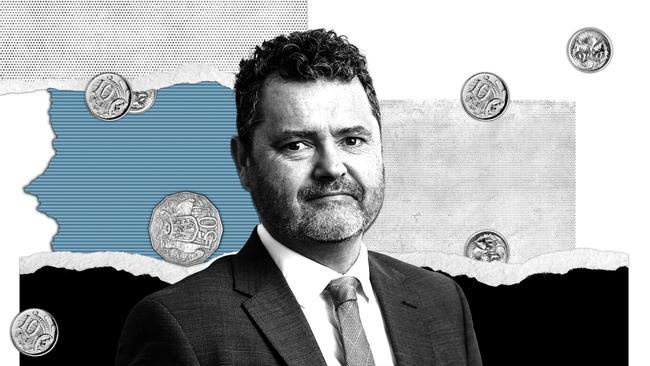
In normal circumstances, this might be a reasonable Defence budget. But these are no ordinary times. Defence Minister Richard Marles reminds us constantly that Australia faces the most precarious strategic circumstances since the end of the Second World War. If that’s the case, why doesn’t the government sump up the cash to turbocharge Defence acquisitions? The heavily armed Chinese flotilla that circumnavigated Australia in recent weeks should have been a wake-up call for the government. Likewise, the Trump administration’s demands for a substantial boost to Defence spending. But Labor isn’t listening, or it doesn’t want to hear.
HEALTH
Penny Timms
Main points
• $8.5bn for Medicare to boost bulk billing rates by the end of the decade
• $784.6m over four years to lower the co-payment for drugs on the PBS
• $573m women’s health for reproductive health and menopause support
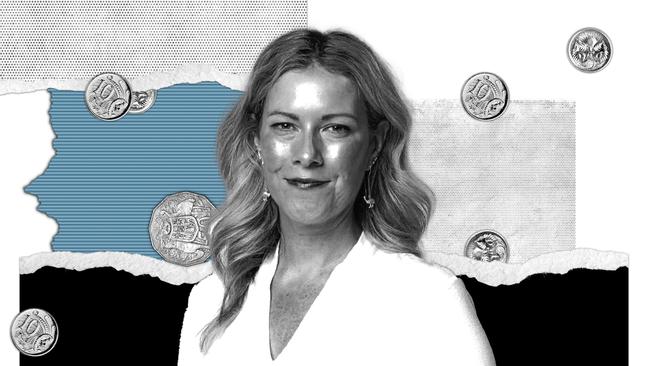
Health is a central focus as both parties eye up the looming election and Labor is offering a two-pronged approach to fix the system: cost-of-living relief for patients, and support to strengthen primary healthcare.
The Medicare levy low-income threshold will be increased by 4.7 per cent, in line with CPI, which the government says will offer tax relief for more than a million Australians.
The biggest commitment includes a multibillion-dollar spend on Medicare. Central to the policy is a plan for nine out of every 10 GP visits to be bulk billed by the end of the decade.
Another big ticket item that will see drugs listed on the Pharmaceutical Benefits Scheme capped at $25, down from $31.70.
Finally, work is also afoot to bolster the primary health workforce itself, with a goal to attract an additional 2000 general practitioners to the specialty by 2028.
Overall, this is a good budget for healthcare. No, the money won’t completely fix Australia’s weary health system and much more is needed to support doctors delivering more complex care. But it is a strong base to build on in coming years.
EDUCATION
Natasha Bita
Main points
• Public school funding to rise 19.5 per cent over the next four years, to reach $14bn in 2028-29
• Research funding to rise 10 per cent to $2.52bn in 2028-29
• $10,000 payment for construction trades apprentices
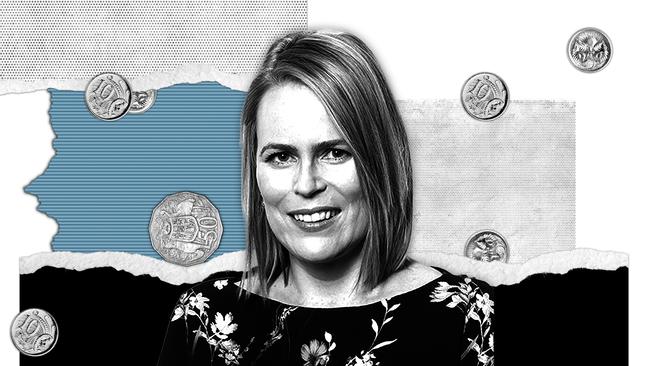
For a Labor government that bangs on about the power of education, this is a fizzler of a budget.
Anthony Albanese’s promise of $16.5bn in bonus funding for public schools must have been written in invisible ink.
It’s now obvious the Albanese government has failed to lock in the 10-year funding deals that state governments have been squabbling over for more than a year.
The budget shows only $407.5m in additional “Gonski funding” over the next four years.
Another $7.2bn will be handed to schools in NSW, South Australia, Tasmania and the ACT – the only ones to have signed bilateral agreements between 2029-30 and 2035-36. That leaves schools $8.8bn short, unless NSW, Queensland and Victoria sign up before the election’s called.
NDIS
Stephen Lunn
Main points
• NDIS to cost $52.3bn in 2025-26, rising to $63.6bn in 2028-29
• Budget bakes in 8 per cent cost growth in the NDIS for the next four years
• NDIS recognised as a “fiscal risk” in the budget
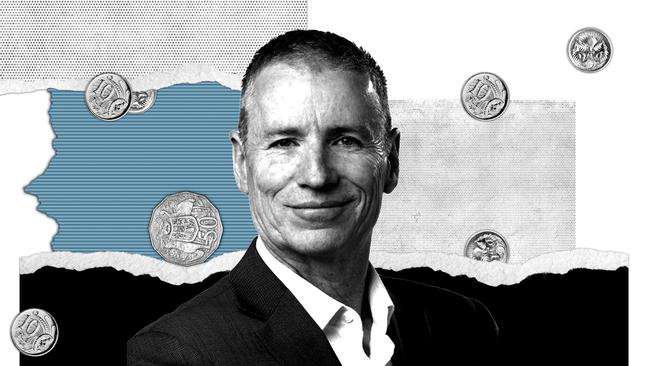
Taxpayers are watching. The National Disability Insurance Scheme is projected to cost them a walloping $230bn over the next four years, the budget shows. And the projected cost growth rate, 8 per cent annually from next year over the forward estimates, is even being touted as a win by the Albanese government, corralling costs down from annual growth well into double figures in recent years.
But the budget itself notes the NDIS remains a fiscal risk, with future costs contingent on a lot of moving parts.
Not least of these moving parts is how the states and commonwealth navigate the future of support for those with less profound disability outside the scheme, which will help deal with the NDIS becoming “the only lifeboat in the ocean” for disabled people.
Taxpayers will cop an NDIS providing “reasonable and necessary” support for the nation’s most severely disabled. They won’t cop being taken for a ride.
Even 8 per cent growth, given the size of the program at $48bn this year, is not sustainable over the long term. National cabinet has called for efforts to bring annual cost increases under 8 per cent. The NDIS is a big chunk of public spending, and voters have a clear eye on this one.
HOUSING
John Ferguson
Main points
• Bigger push for prefab and modular housing
• More generous Build to Buy scheme
• Incentives to train more construction workers
There is nothing in the budget to suggest any new direction on housing ahead of the election campaign, but there is further evidence the states will be helped to provide cheaper dwelling options for consumers. The key measure remains the $800m extra in the so-called Help to Buy scheme by increasing property and income caps to $100,000 for singles and to $160,000 for couples. The government is also placing heavier emphasis on prefab and modular housing.

To join the conversation, please log in. Don't have an account? Register
Join the conversation, you are commenting as Logout